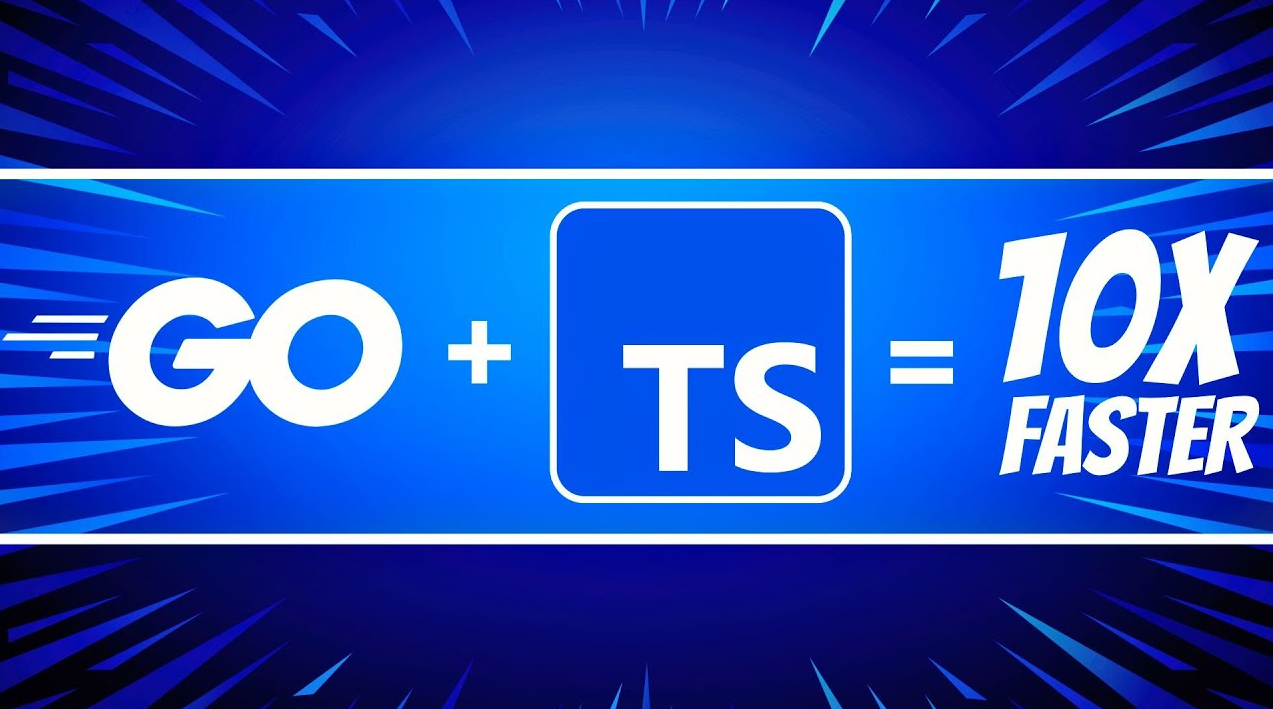
TypeScript’s Next Leap: Introducing the Native Port – Faster, Smarter Development
The TypeScript team at Microsoft has announced a groundbreaking project poised to fundamentally reshape TypeScript development: the TypeScript Native Port. This initiative leverages Go, a high-performance, concurrent programming language, to bring native execution to the TypeScript
compiler and its associated tools. This means significantly faster build times, a more responsive editor experience, and reduced memory consumption – addressing key pain points for TypeScript developers.
Key Improvements and Their Impact
Based on the TypeScript Native Port announcement, here’s a breakdown of the anticipated benefits and their implications:
- Dramatic Performance Gains (10x+ Reduction in Build Times): The core goal is a substantial speed improvement. The TypeScript team anticipates build times could be reduced by 10x or more, depending on the project. This will drastically cut down the time developers spend waiting
for their code to compile, leading to faster development cycles and increased productivity – allowing for more rapid iteration and experimentation. - Faster Editor Startup: Developers can also look forward to significantly faster editor startup times. The native implementation will allow the TypeScript language service to load much more quickly, providing a more responsive and seamless coding experience right from the
moment a project is opened. This is particularly noticeable in larger projects. - Reduced Memory Usage: In addition to speed, the native port will also lead to a considerable decrease in memory consumption. This is particularly advantageous for larger and more complex projects, where the TypeScript compiler can sometimes be resource-intensive. The Go
implementation is designed for efficient memory management. - Enhanced Refactoring Capabilities: The native architecture unlocks the potential for more sophisticated and performant refactoring tools. Because the analysis is happening natively, the tools can operate with greater speed and accuracy.
Project Timeline & Roadmap
The TypeScript team has outlined an ambitious yet promising timeline:
- Mid-2025: Initial Native Implementation (tsc): Expect to see a native implementation of the
tsccommand-line compiler capable of performing type checking and basic build operations. This will be a crucial stepping stone. - End of 2025: Full Feature-Complete Native Solution: The goal is to have a fully feature-complete native solution supporting project builds, the language service, and advanced features like refactoring.
- 2026 (Target): Continued optimization and integration with the broader TypeScript ecosystem.
Technical Details & Considerations
The choice of Go for this port isn’t accidental. Go’s concurrency features and performance characteristics are ideal for handling the complex analysis and transformations involved in TypeScript compilation. While this shift offers significant benefits, it’s important to acknowledge
that it may introduce a slight increase in build complexity – developers will need to understand the underlying Go implementation. However, the team is committed to providing clear documentation and tooling to mitigate this.
Future Possibilities & The Ecosystem
The substantial performance boost offered by the native port opens up exciting possibilities for the future of TypeScript tooling. With compilation and analysis happening much faster, developers can expect:
- Instant and Comprehensive Error Listings: Real-time error detection across your entire project, allowing for quicker identification and resolution of issues.
- More Advanced Refactorings: The increased speed will enable the development of more sophisticated and performant refactoring tools, including support for complex code transformations.
- Deeper Code Insights: The ability to perform more complex static analysis and generate richer code insights.
Conclusion
The TypeScript Native Port represents a significant investment in the future of TypeScript. By leveraging the power of Go, Microsoft is poised to deliver a dramatically improved development experience, accelerating innovation and empowering developers to build even more powerful
and sophisticated applications.